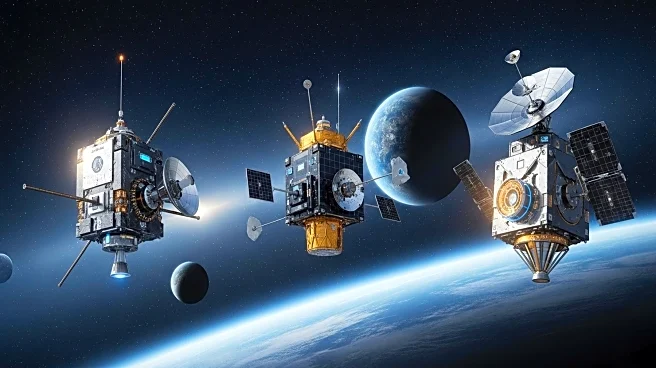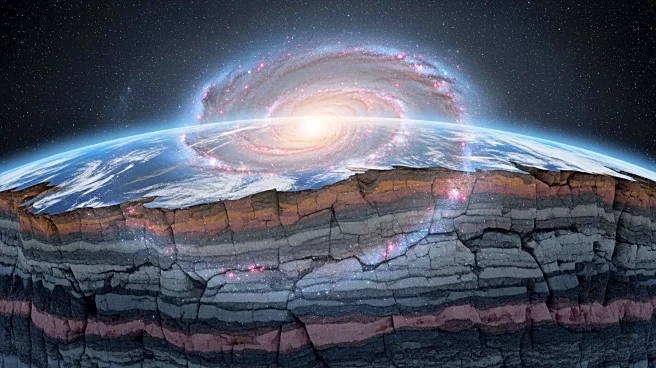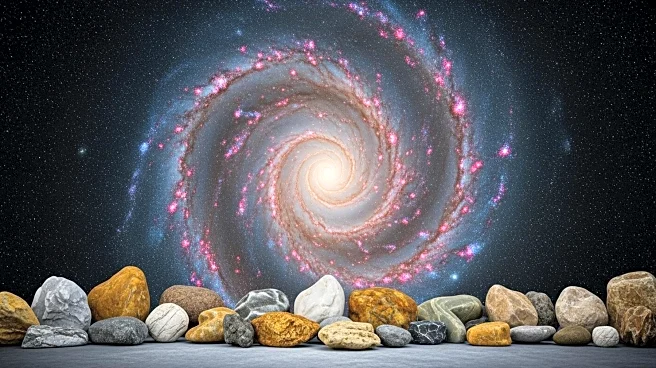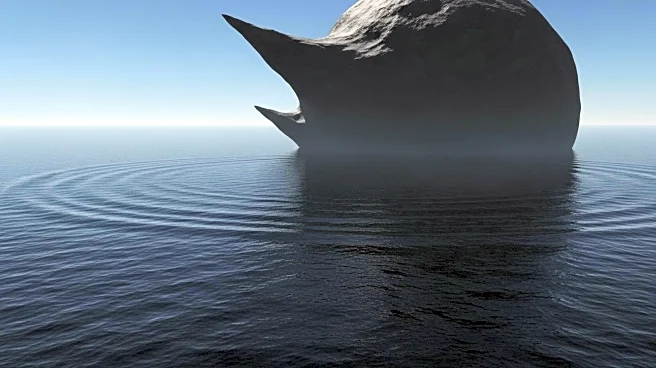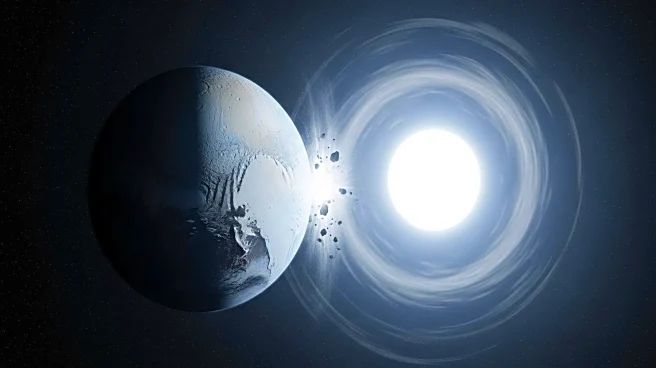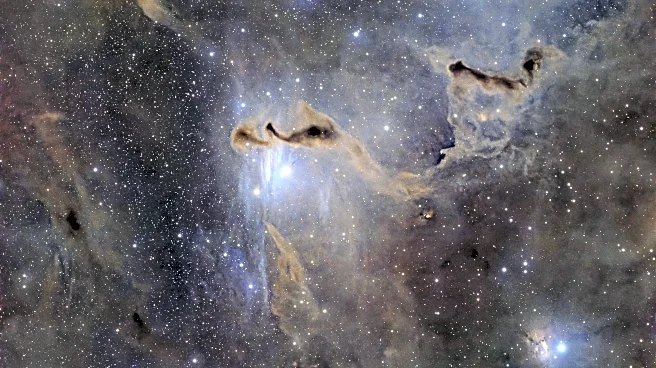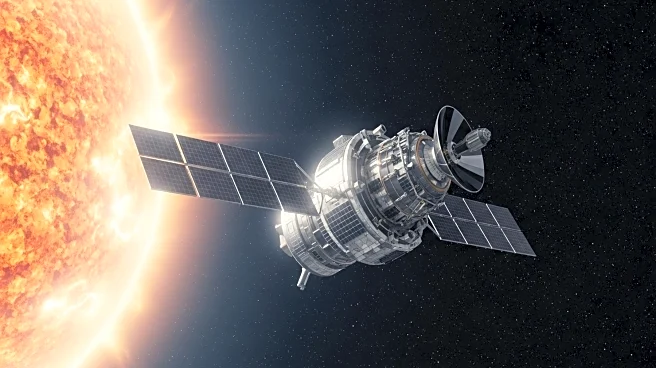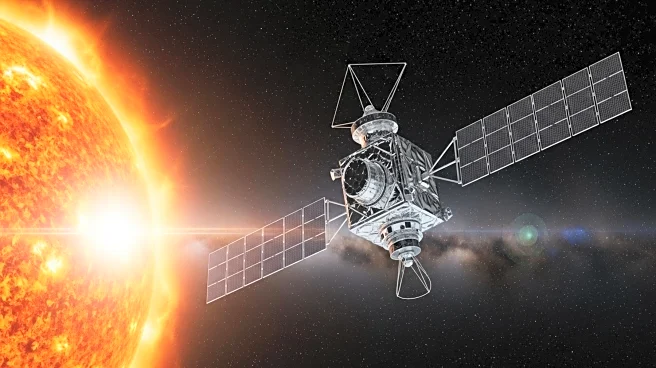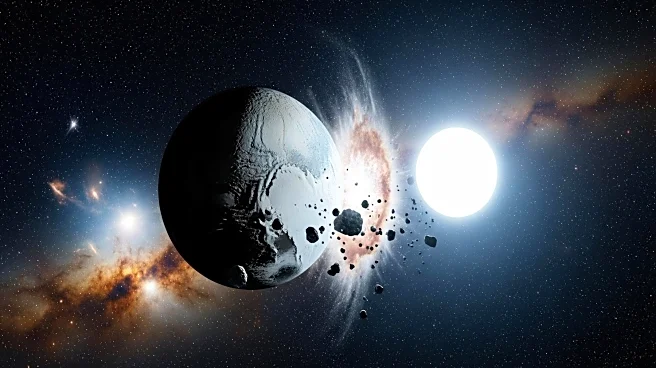What's Happening?
Recent research has proposed a connection between Earth's geological history and the spiral arms of the Milky Way galaxy. The study, published in Physical Review Research, suggests that Earth's crust may have been influenced by the Solar System's journey through the galaxy's spiral arms. These arms, composed of density waves of stars, gas, and dust, move more slowly than individual stars. As the Solar System orbits the galactic center, it periodically overtakes these arms, potentially increasing the number of comets and asteroids striking Earth. The research utilized zircon crystals, which act as time capsules, to compare chemical fingerprints in Earth's crust with maps of hydrogen gas in the Milky Way. The findings indicate that periods when the Solar System passed through spiral arms correlate with spikes in zircon oxygen variability, suggesting a chaotic influence on Earth's crust.
Why It's Important?
This discovery expands the understanding of planetary evolution by suggesting that Earth's geology is influenced by cosmic events. The correlation between the Solar System's passage through spiral arms and changes in Earth's crust could provide new insights into crustal growth, habitability, and the emergence of life. Recognizing astrophysical fingerprints in planetary geology may offer clues about Earth's history and its response to galactic rhythms. However, caution is warranted as correlation does not always imply causation, and disentangling these effects from Earth's internal processes remains complex. The study highlights the potential for cosmic influences on Earth's geological development, prompting further exploration of the interplay between astrophysics and geology.
What's Next?
Future research may focus on refining the understanding of how galactic arm crossings impact Earth's geological processes. Scientists could explore the potential for cosmic events to influence other aspects of planetary evolution, such as climate and biological development. Additionally, the study may encourage interdisciplinary collaboration between astrophysics and geology to uncover more connections between cosmic phenomena and Earth's history. As the evidence for cosmic influences grows, researchers may develop new models to predict geological changes based on the Solar System's position within the Milky Way.
Beyond the Headlines
The study raises ethical and philosophical questions about humanity's place in the universe and the interconnectedness of cosmic and terrestrial events. It challenges the traditional view of Earth's geological history as solely driven by internal processes, suggesting a broader cosmic context. This perspective may influence cultural and scientific narratives about the origins and evolution of life on Earth, encouraging a more holistic understanding of planetary development.

